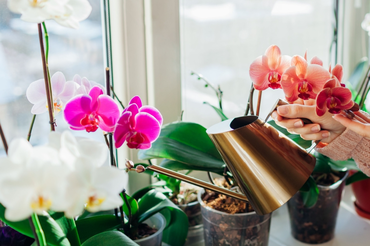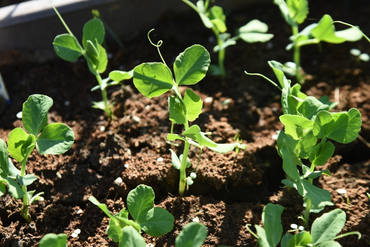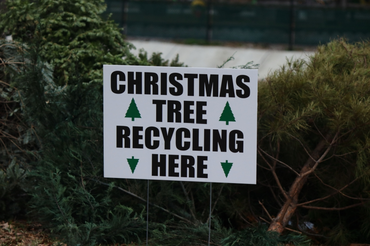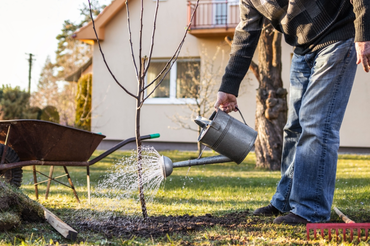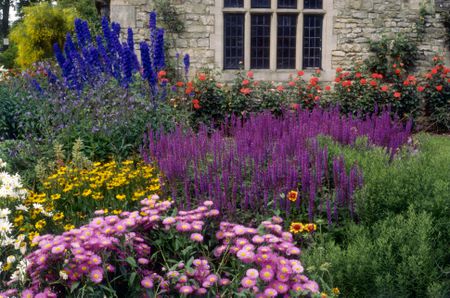 It is the time of year when gardeners usually use bedding plants like petunias, marigolds, and fuchsias to add colour to their beds. Buying a tray of bedding plants is relatively inexpensive and if you go the extra mile, you can create an instant garden worthy of a spot on your Instagram feed. However, there is an alternative: herbaceous perennials.
It is the time of year when gardeners usually use bedding plants like petunias, marigolds, and fuchsias to add colour to their beds. Buying a tray of bedding plants is relatively inexpensive and if you go the extra mile, you can create an instant garden worthy of a spot on your Instagram feed. However, there is an alternative: herbaceous perennials.
Herbaceous borders are a classic tenet of the English Country garden. Visit any stately home and you’ll find well-stocked herbaceous borders filled with lupins, heleniums, alliums, dahlias, rudbeckia, phlox, lavender, salvias (blue and hot lips), and delphiniums.
In the height of summer, such borders are glorious. Both for humans and insects. Once established, herbaceous perennials are the gift that keeps on giving. All summer long, they will continue to produce beautiful flowers, before dying down over winter. Then in spring, the plant revives, and the show begins all over again.
Get Stuck In
You don’t need an English Manor house to have a beautiful herbaceous border. You don’t even need a degree in botany or an eye for horticultural design. Anyone can create a dazzling herbaceous border with a bit of time. Just pick a colour scheme and get stuck in – with our help, of course!
The best way to create a lovely herbaceous border is to plan it out on paper first. The Royal Horticultural Society has an excellent guide to different planting styles, including wildlife-friendly and contemporary borders. If this is your first time planting a border, it’s a good place to start.
Choose the Right Plants
The key to success with herbaceous perennials is choosing the right plants. Perennials come in all shapes, sizes, and colours. Some stay small, others expand to fill a space within a few months. The last thing you want to do is spend money on plants, only to lose some as the larger ones take over and drown out the smaller varieties.
Painting with Flowers
Planting a herbaceous border is like painting with flowers. There are so many wonderful colours, from pale blues and lilacs to vibrant reds and rich golds. Select a colour scheme that matches the rest of your garden. For example, if you are planting a border against a blue fence, reds and golds will look especially vibrant, whereas lilacs and blues will blend in.
Once you have a colour scheme in mind, choose plants based on their size and height. Check how large each plant will grow. Taller, larger plants are best placed at the back of the border, with smaller, ground-covering perennials at the front. Also, remember to check when each plant flowers. You want to select plants that bloom at different times of over the course of the summer so there is always something new coming into flower.
Sun Vs. Shade
Pay close attention to whether a plant likes shade or full sun, and bear this in mind when designing your border. If there are trees and large shrubs in close proximity to the border, remember they will create a lot of shade as their leaves grow. Not all plants enjoy being in the shade all day.
Finally, before you start planting, dig in lots of well-rotted manure and clear all traces of weeds. Once herbaceous perennials are established, they are not going anywhere for a few years, so you don’t want the hassle of weeding around the stems.
Come along to Carpenter’s Nursery and stock up on some lavender, delphiniums, lupins, and salvias – we have lots to choose from!

